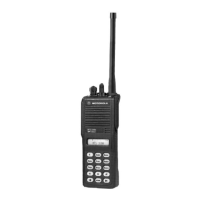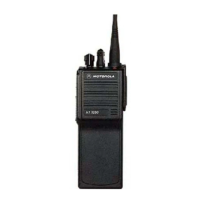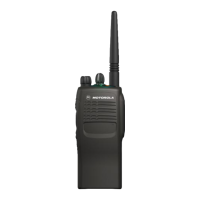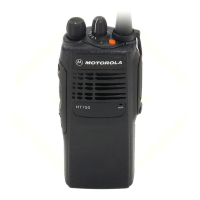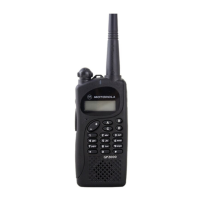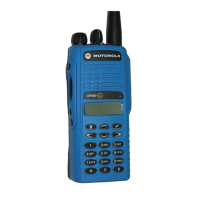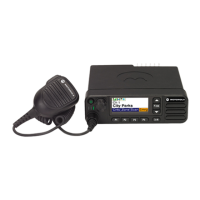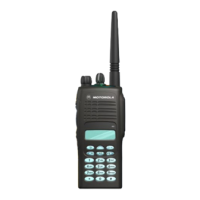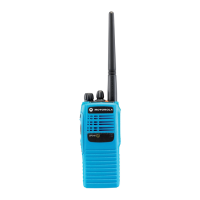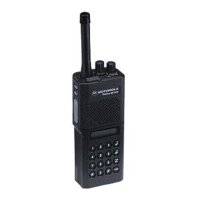186
Communications port See COMport.
Database An organized file containing records or related data.
Data entry screen Formatted display with highlighted fields for entering data or
parameters.
Data Operated Squelch See “DOS”.
Defaults Standard settings that the RSS uses for I/O port locations, file locations
and display settings.
Default Drive The disk or diskette drive that the RSS will use to get or save data or
files. You can change the default drive from the SERVICE SOFTWARE
CONFIGURATION MENU.
Default field value The values a field will automatically contain if a user does not
specifically change it.
Directory A location for a group of files on a disk/diskette which are similar in
content.
Diskette An alterable, semi-flexible, magnetic storage medium used by
microcomputers to store data and files. Also called a disk, floppy disk,
or mini diskette. The RSS is delivered on diskettes.
Diskette drive A disk drive that uses removable magnetic diskettes.
Display The CRT terminal that the computer displays information on.
DOS Data Operated Squelch. When enabled, DOS will detect an incoming
packet of the same signalling scheme as the radio, and squelch the
audio for the duration of the packet. A small blip of data will be heard,
but most of the packet will not be heard.
EEPROM Electronically Erasable Programmable Read Only Memory. Used by the
radio microcomputer system to store the radio’s codeplug data
(personality).
Emergency Alarm A feature that triggers an alarm output on a console when an
emergency signalling message is received.
Encoder features Features relating to transmit (or encode) portion of a signalling system
or systems.
Error Any condition that prevents the RSS from functioning normally or
any input/response that deviates from what the RSS was designed to
accept. The RSS typically displays an error message and the computer
“beeps”.
Exit To leave the current display screen and return to the previous screen.
The RSS uses the F10 function key for all exit operations.
Field The modifiable area located next to a feature on the screen. The
currently selected field is always highlighted.

